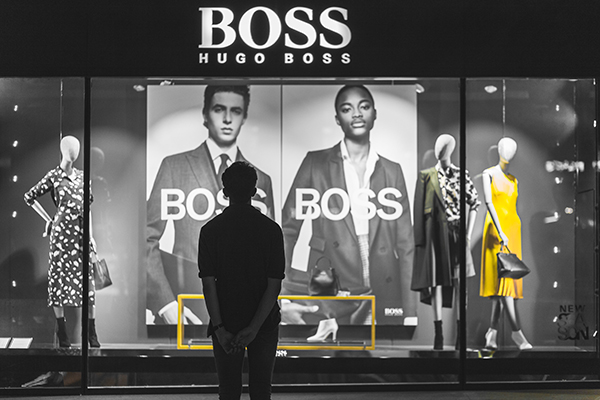Bricks and mortar stores that fail to adapt to consumers’ demand for digital experiences will be left behind, according to research from PCMS.
The commerce solution provider polled 2,000 UK consumers, finding that shopping via digital devices has migrated from online into the physical store. Nearly 60 per cent said they use their own smartphone, tablet or the store’s device while shopping – rising to as many as 80 per cent of under 45s. As well as using mobile or tablets instore, a further 15 per cent chose to use digital signage, digital kiosks or interactive screens.
Self-checkouts are a popular option, with nearly 30 per cent choosing to scan their own products and a further 10 per cent using self-scan devices, suggesting independence, speed and convenience are key requirements in connected shopper journeys. When it comes to self-service and independent instore encounters, 18-24 year olds were the most likely self-scan or check out (42 per cent).
When it comes to conducting research ahead of purchase, ‘research on the move’ is becoming increasingly common. Smartphones (46 per cent) were the lead research device, with a further 29 per cent using a tablet. PCMS stated that this demonstrates the need for product feeds to be optimised across all channels to ensure a smooth omnichannel journey.
Where more complex products are concerned, nearly three quarters of consumers turn to the internet when buying electrical goods, closely followed by mobile phone purchase (55 per cent) and DIY (43 per cent). Similarly, when shopping for furniture, 55 per cent undertook research online, and 43 per cent for homewear. The same was true for fashion and apparel (44 per cent), footwear (40 per cent) and health and beauty products (31 per cent).
Steve Powell, director of sales at PCMS, said the use of digital instore is not something that should be ignored – 70 per cent of respondents said their use of a digital device whilst visiting a store would remain the same in the next six months, whilst a further 36 per cent said they believed it would increase over the next 18 months.
“This actually represents a huge opportunity for retailers who are looking to digitalise the instore experience by marrying the demand for online with traditional customer service,” he commented. “Giving store associates tablets for example, allows them to instantly access product information and answer customer questions at the touch of a button, while creating that ‘human experience’ that will encourage consumers to return again and again.”
Beyond Channels: Redefining retail with Unified Commerce
This Retail Systems fireside chat with Nikki Baird, Vice President, Strategy & Product at Aptos will explore how unified commerce strategies enable retailers to tear down these barriers and unlock new levels of operational agility and customer satisfaction.
The future of self-checkout: Building a system that works for consumers and retailers
In this webinar, industry leaders discussed what the future of self-checkout looks like and how retailers can make the technology work for everyone.
© 2024 Perspective Publishing Privacy & Cookies










Recent Stories